Versión en español
Creer que hay vida después de la muerte o la idea de un ser vivo capaz de regenerar cualquier daño siendo imposible de matar son las ideas más comunes respecto a la inmortalidad, pero no es sobre ese tipo de inmortalidad a la que me voy a referir en este post, hablo sobre la inmortalidad biológica, la capacidad de no envejecer. A medida que envejecemos el cuerpo se va deteriorando, y aunque la esperanza de vida ha incrementado drásticamente en los últimos siglos, la aparición de enfermedades asociadas a la vejez constituye uno de los problemas más graves y de difícil tratamiento. Así que en vez de centrarnos en las enfermedades que surgen por la vejez, por que no mejor nos centramos únicamente en la vejez como causa principal de estos males.
Que es la inmortalidad biológica
La inmortalidad biológica es la ausencia de envejecimiento. Una célula u organismo que no experimenta envejecimiento, deja de envejecer en algún momento, o simplemente es capaz de revertir su estado biológico a uno más joven es biológicamente inmortal, teniendo una edad biológica diferente a su edad cronológica. Un ser vivo biológicamente inmortal puede de todas formas, morir por causas distintas a la senescencia, como lesiones, venenos, enfermedades, depredación, falta de recursos disponibles o cambios en el medio ambiente.
Algún ser vivo se considera inmortal?
Existen organismos unicelulares y pluricelulares que son considerados biológicamente inmortales. Las bacterias, por ejemplo, se reproducen por fisión binaria. Una bacteria progenitora se divide en dos células hijas idénticas que a su vez se dividen por la mitad. Este proceso se repite, lo que hace que la bacteria sea esencialmente inmortal.
También, una especie de medusa después de convertirse en un adulto sexualmente maduro, puede transformarse de nuevo en un pólipo utilizando el proceso de conversión celular de transdiferenciación. Turritopsis dohrnii, que es el nombre de esta medusa, repite este ciclo, lo que significa que puede tener una vida útil indefinida. Su adaptación inmortal le ha permitido extenderse desde su hábitat original en el Caribe a "todo el mundo".
Y por último, la Hydra es un género perteneciente al filo Cnidaria, la clase Hydrozoa y el orden Anthomedusae. Son animales depredadores simples de agua dulce que poseen simetría radial.
Por que envejecemos
Las causas del envejecimiento hace unas décadas no eran bien conocidas, pero en los estudios recientes se ha logrado identificar las causas fundamentales:
Acortamiento de los telomeros:
Un telómero es una región de secuencias repetitivas de ADN en el extremo de un cromosoma. Los telómeros protegen los extremos de los cromosomas para evitar que se desgasten o enreden. Cada vez que una célula se divide, los telómeros se tornan ligeramente más cortos. Finalmente, se acortan tanto que la célula ya no puede dividirse correctamente, y la célula muere.
Inestabilidad genomica:
Aumento en la tendencia de presentar mutaciones (cambios) en el ADN u otros cambios genéticos que aparecen durante la división celular. Esta inestabilidad ocurre en muchos tipos de cáncer. La causa de la inestabilidad genómica son defectos en determinados procesos que controlan la forma en que la célula se divide.
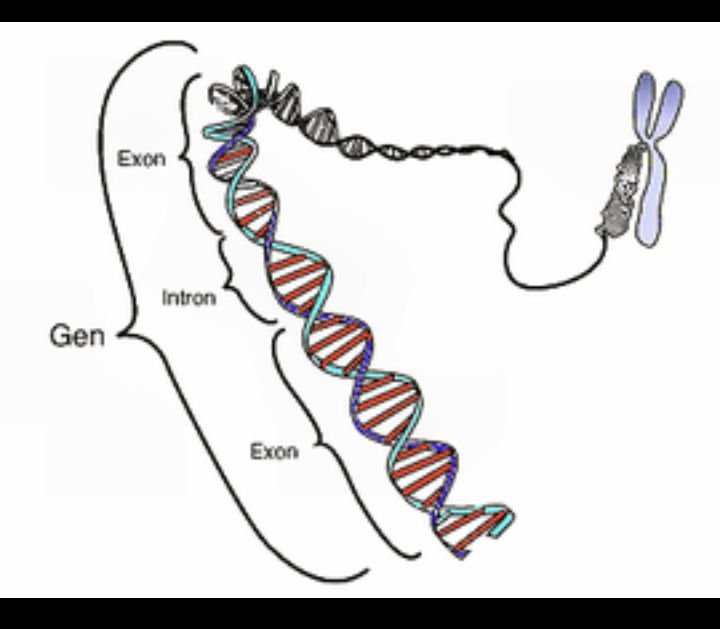
Ejemplo del genoma humano. Fuente
Alteraciones epigeneticas:
Cambio en la estructura química del ADN que no altera su secuencia de codificación. Una persona presenta alteraciones epigenéticas cuando se añaden o se eliminan del ADN grupos químicos llamados grupos metilo, o cuando hay cambios en las proteínas (histonas) que se unen al ADN en los cromosomas. Es posible que estos cambios aparezcan con la edad y la exposición a factores ambientales, como la alimentación, el ejercicio, los medicamentos y las sustancias químicas. Estos cambios modifican el riesgo de enfermedades y a veces pasan de padres a hijos. También se llama epimutación y variación epigenética.
Disfunción mitocondrial:
La disfunción mitocondrial es considerada una vía común en el fenómeno de estrés oxidativo y la generación de la respuesta inflamatoria sistémica. Se ha encontrado cada vez con mayor frecuencia asociadas a enfermedades cardiovasculares.
Pérdida de la homeostasis proteica:
La homeostasis proteica describe procesos dentro de las células que regulan la síntesis, el plegamiento y la degradación de proteínas en la célula para mantener la integridad del proteoma celular. La pérdida de la capacidad de regulación proteica tiene consecuencias graves para la esperanza de vida del organismo y, además, puede favorecer el envejecimiento celular y la aparición de enfermedades relacionadas con la edad en personas mayores como, por ejemplo, la enfermedad cardíaca, la diabetes y la neurodegeneración.
Agotamiento y disminución de células madre:
Las células madre generan nuevas células para reponer nuestros tejidos y órganos. Existen muchos tipos diferentes de células madre en todo nuestro organismo que generan las células que forman nuestros tejidos. Durante el envejecimiento, las células madre se vuelven disfuncionales o mueren.
Desregulacion de la detección de nutrientes:
Las principales vías metabólicas se interrumpen a medida que las personas envejecen. La sobreestimulación de estas vías por una sobreabundancia de alimentos también acelera este proceso, acelerando el envejecimiento y aumentando el riesgo de diversas enfermedades relacionadas con el envejecimiento.
Declive del sistema inmune:
Aunque el sistema inmunológico es muy resistente, hay momentos en los que no es capaz de combatir patógenos a los que, en otras ocasiones, se enfrenta sin problemas. La razón de esto suele ser una inmunodeficiencia, lo que supone que el sistema inmunitario de una persona no es capaz de cumplir correctamente con el papel de protección que le corresponde, dejando al organismo vulnerable frente a infecciones y otras enfermedades.
Senencia celular:
Es el proceso iniciado como respuesta al estrés y daño ocurrido en una célula, y constituye una ruta alternativa de respuesta a la muerte celular programada y es de vital importancia para suprimir la formación de células cancerosas. También está asociada a la reparación de tejidos e inflamación de los mismos, procesos asociados al crecimiento de tumores.
Para no hacer este post muy largo y pesado de leer lo voy a dividir en 2 partes, en este expliqué que es la inmortalidad biológica y las causas del envejecimiento y en el próximo hablaré sobre si es posible evitar el envejecimiento.
English version
Believing that there is life after death or the idea of a living being capable of regenerating any damage being impossible to kill are the most common ideas regarding immortality, but it is not about that kind of immortality that I am going to refer to in this post, I am talking about biological immortality, the ability not to age. As we age the body deteriorates, and although life expectancy has increased dramatically in recent centuries, the appearance of diseases associated with old age is one of the most serious and difficult to treat problems. So instead of focusing on the diseases that arise from old age, why don't we focus solely on old age as the main cause of these ailments?
What is biological immortality?
Biological immortality is the absence of aging. A cell or organism that does not experience aging, stops aging at some point, or is simply able to revert its biological state to a younger one is biologically immortal, having a biological age different from its chronological age. A biologically immortal living being can still die from causes other than senescence, such as injury, poisons, disease, predation, lack of available resources, or changes in the environment.
Is any living being considered immortal?
There are unicellular and multicellular organisms that are considered biologically immortal. Bacteria, for example, reproduce by binary fission. A parent bacterium divides into two identical daughter cells, which in turn divide in half. This process repeats itself, making the bacterium essentially immortal.
Also, a jellyfish species, after becoming a sexually mature adult, can transform back into a polyp using the cell conversion process of transdifferentiation. Turritopsis dohrnii, which is the name of this jellyfish, repeats this cycle, which means that it can have an indefinite lifespan. Its immortal adaptation has allowed it to spread from its original habitat in the Caribbean to "all over the world".
And finally, the Hydra is a genus belonging to the phylum Cnidaria, class Hydrozoa and order Anthomedusae. They are simple freshwater predatory animals that have radial symmetry.
Why we age
The causes of aging a few decades ago were not well known, but recent studies have been able to identify the fundamental causes:
Telomere shortening:
A telomere is a region of repetitive DNA sequences at the end of a chromosome. Telomeres protect the ends of chromosomes from becoming worn out or tangled. Each time a cell divides, the telomeres become slightly shorter. Eventually, they become so short that the cell can no longer divide properly, and the cell dies.
Genomic instability:
Increased tendency to have mutations (changes) in DNA or other genetic changes that appear during cell division. This instability occurs in many types of cancer. The cause of genomic instability is defects in certain processes that control how the cell divides.

Example of the human genome. Fuente
Epigenetic alterations:
A change in the chemical structure of DNA that does not alter its coding sequence. A person has epigenetic alterations when chemical groups called methyl groups are added to or removed from the DNA, or when there are changes in the proteins (histones) that bind to the DNA in the chromosomes. It is possible that these changes appear with age and exposure to environmental factors, such as diet, exercise, medications and chemicals. These changes modify the risk of disease and are sometimes passed from parent to child. Also called epimutation and epigenetic variation.
Mitochondrial dysfunction:
Mitochondrial dysfunction is considered a common pathway in the phenomenon of oxidative stress and the generation of systemic inflammatory response. It has been increasingly found to be associated with cardiovascular disease.
Loss of protein homeostasis:
Protein homeostasis describes processes within cells that regulate the synthesis, folding and degradation of proteins in the cell to maintain the integrity of the cellular proteome. Loss of protein regulatory capacity has serious consequences for the life expectancy of the organism and can also promote cellular aging and the onset of age-related diseases in the elderly, such as heart disease, diabetes and neurodegeneration.
Depletion and depletion of stem cells:
Stem cells generate new cells to replenish our tissues and organs. There are many different types of stem cells throughout our bodies that generate the cells that form our tissues. During aging, stem cells become dysfunctional or die.
Dysregulation of nutrient sensing:
Major metabolic pathways are disrupted as people age. Overstimulation of these pathways by an overabundance of food also accelerates this process, speeding aging and increasing the risk of various aging-related diseases.
Immune system decline:
Although the immune system is very resilient, there are times when it is unable to fight off pathogens that, at other times, it copes with without problems. The reason for this is usually an immunodeficiency, which means that a person's immune system is not able to properly fulfill its protective role, leaving the body vulnerable to infections and other diseases.
Cellular senescence:
It is the process initiated in response to stress and damage occurring in a cell, and constitutes an alternative route of response to programmed cell death and is of vital importance in suppressing cancer cell formation. It is also associated with tissue repair and inflammation, processes associated with tumor growth.

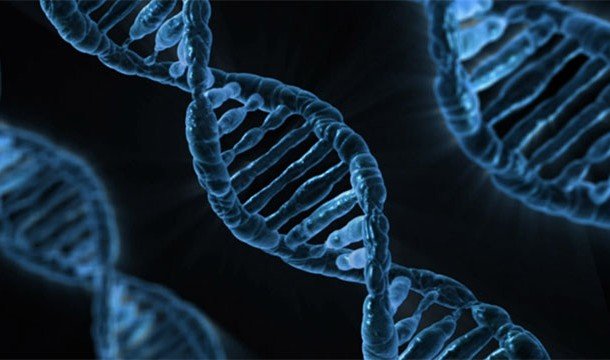


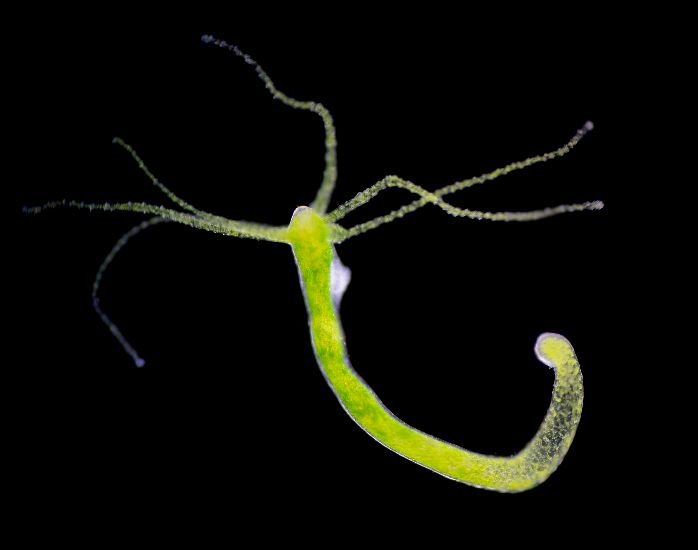

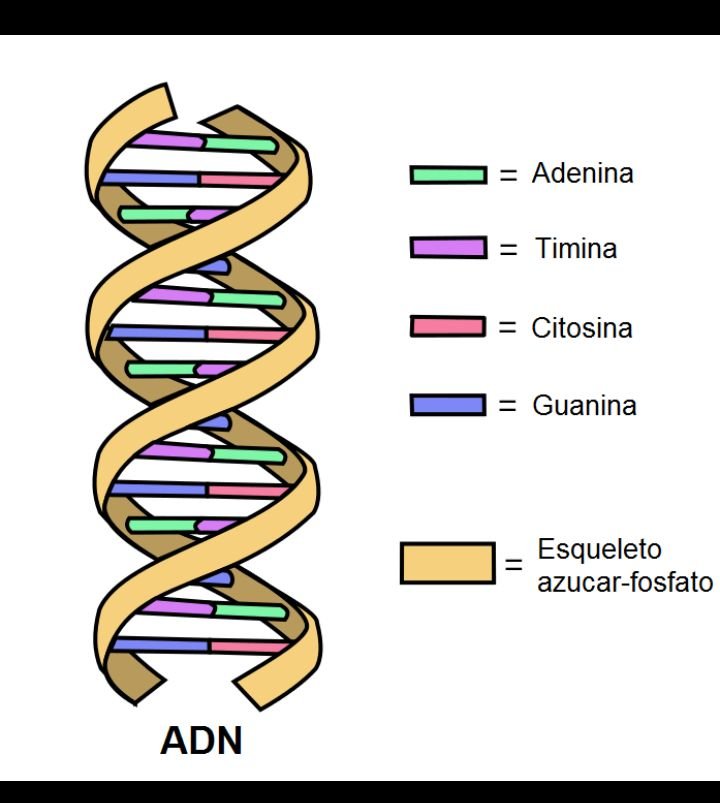
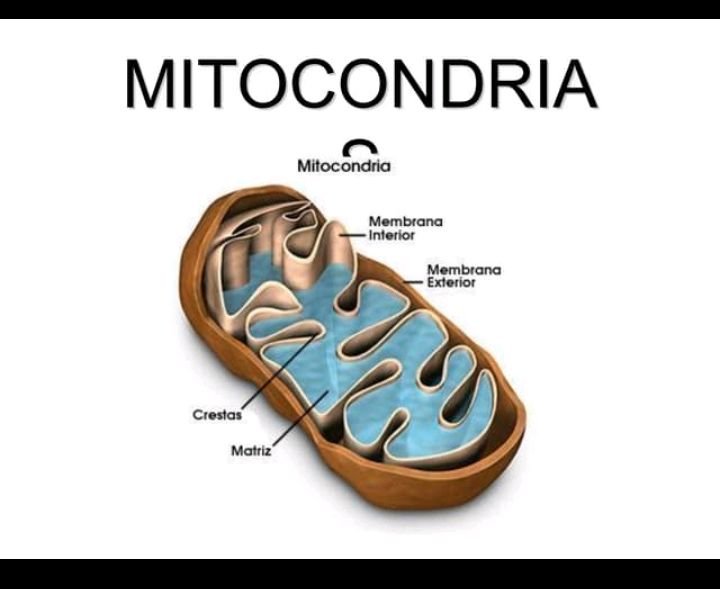

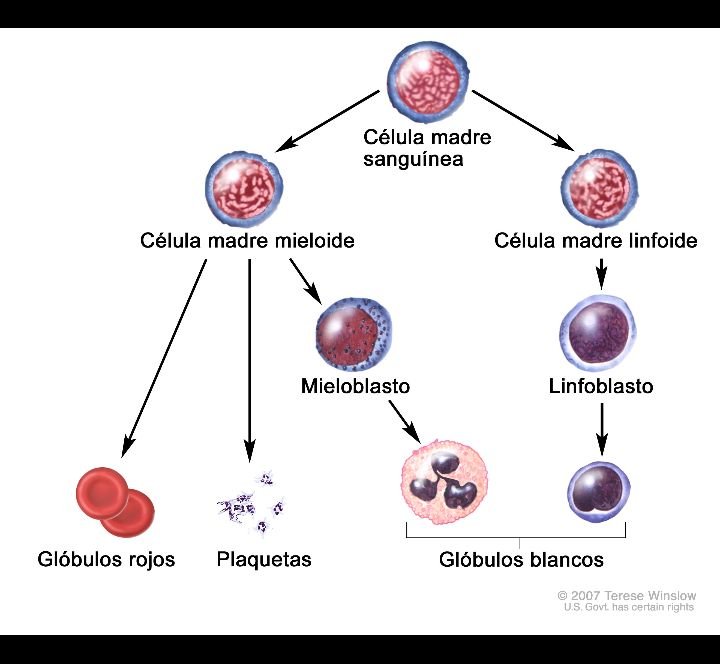
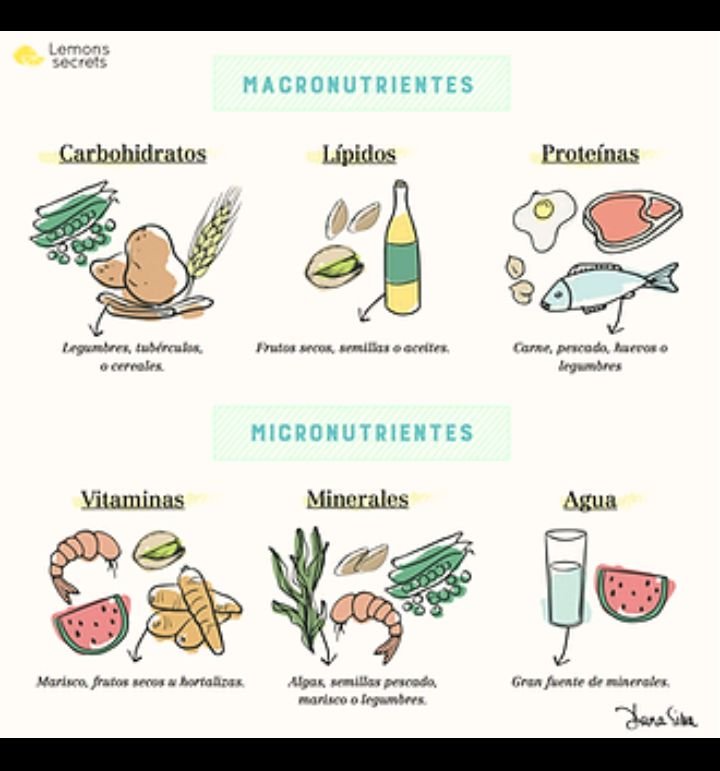

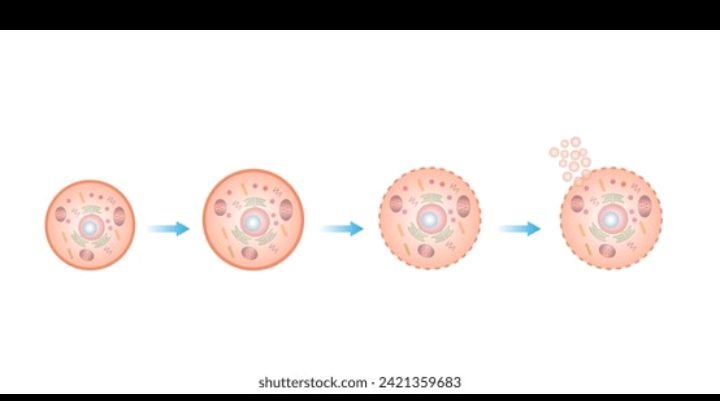
Congratulations @ernesto-blguer! You have completed the following achievement on the Hive blockchain And have been rewarded with New badge(s)
Your next target is to reach 2000 upvotes.
You can view your badges on your board and compare yourself to others in the Ranking
If you no longer want to receive notifications, reply to this comment with the word
STOP